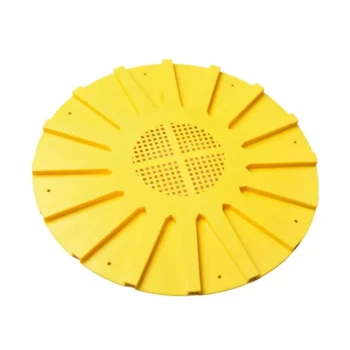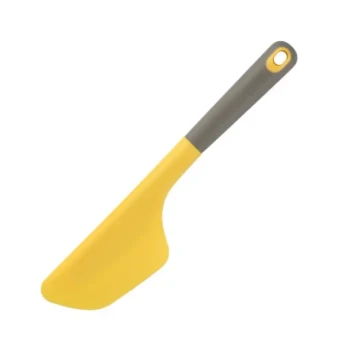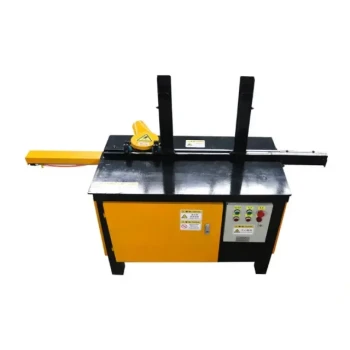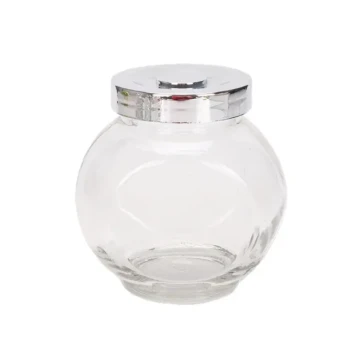Yes, it is entirely possible to extract honey without killing bees, and it is the standard for responsible beekeeping. Modern ethical practices focus on harvesting only the surplus honey—what the bees do not need for their own survival—using methods that minimize stress and harm to the colony.
The core principle is a shift in mindset: a bee-centric approach views the beekeeper as a steward of the colony's health, not just a harvester of its products. Honey is treated as the bees' vital food source, and we are only entitled to what they can spare.
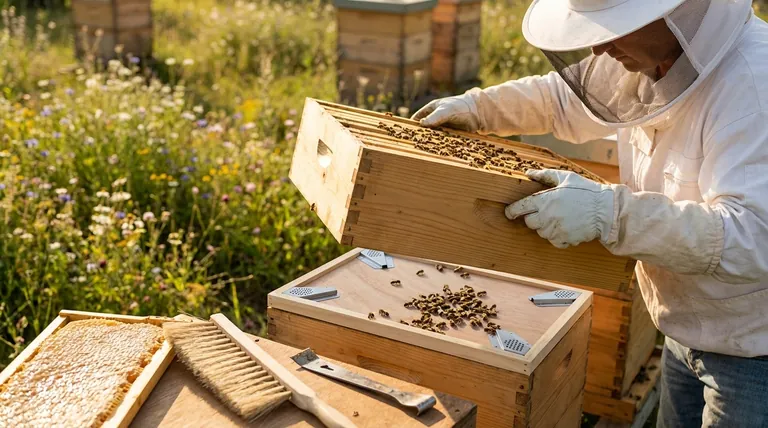
The Foundation: Working With the Hive
The key to a gentle harvest is understanding the colony's needs. The process is not about raiding the hive, but participating in its natural cycle of abundance.
Honey's Purpose for the Colony
For bees, honey is not a byproduct; it is their essential fuel. It provides the energy they need to survive the winter, raise their young, and maintain the hive's temperature.
Shifting from "Taking" to "Sharing"
A responsible beekeeper first ensures the colony has more than enough honey stored for the lean months ahead. Only the true excess, typically stored in upper boxes called honey supers, is considered for harvest.
The Importance of Observation
Before any extraction, a beekeeper must assess the hive's strength, health, and food stores. A weak colony or one facing a long winter should be left with all its honey. Harvesting is reserved for strong, thriving colonies with a clear surplus.
Key Techniques for Gentle Honey Extraction
The goal of any extraction method is to remove bees from the honey frames calmly and safely before the frames are taken from the hive. Aggressive methods are faster but cause significant stress and mortality.
Method 1: The Bee Escape Board
A bee escape board is a one-way door for bees. It is a board placed between the honey supers and the main hive body (the brood box) a day or two before harvest.
Bees in the supers naturally travel down into the brood chamber but cannot get back up. The result is a nearly empty honey super that can be removed with minimal disturbance. This is widely considered one of the most gentle methods.
Method 2: The Bee Brush
The bee brush is a simple, manual tool with very soft bristles. The beekeeper removes one frame at a time and gently brushes the bees off the comb and back into the hive.
This method is precise and low-tech but can be slow. It is ideal for small-scale hobbyists who are harvesting only a few frames.
Method 3: Fume Boards (with Caution)
A fume board is a lid with an absorbent material on which a bee-safe repellent is sprayed. When placed on top of the hive, the sun warms the board, and the vapors gently drive the bees downward.
While effective, this method requires using the correct, non-toxic repellent. Chemicals can stress the bees or even contaminate the honey if used improperly.
Understanding the Trade-offs and Common Pitfalls
True ethical beekeeping requires acknowledging that even gentle methods have an impact. The goal is to minimize this impact, not to pretend it doesn't exist.
What to Avoid: Leaf Blowers and Aggressive Shaking
Some large-scale commercial operations use modified leaf blowers to blast bees off the frames. This is an extremely stressful and harmful practice that can injure bees, damage their wings, and disorient the colony. It is the opposite of a bee-centric approach.
The Biggest Mistake: Over-harvesting
The single greatest harm a beekeeper can inflict is not in the method of removal but in the amount of honey taken. Removing too much honey forces the colony to face winter without adequate food stores.
This often leads to starvation or necessitates feeding the bees sugar syrup, which lacks the essential micronutrients found in their natural honey.
Patience is a Prerequisite
Gentle methods like escape boards and brushing are slower than aggressive ones. They require more planning and patience from the beekeeper. This trade-off—speed for bee welfare—is at the heart of ethical harvesting.
Making the Right Choice for Your Goal
Adopting a bee-centric approach ensures the long-term health and productivity of your colonies.
- If your primary focus is being a hobbyist beekeeper: Prioritize observation, use an escape board or bee brush for removal, and always err on the side of leaving too much honey for the bees.
- If your primary focus is supporting ethical honey production: Seek out local beekeepers who can describe their harvesting methods and philosophy, looking for terms like "bee-centric," "sustainable," or "treatment-free."
- If your primary focus is absolute minimum harm: Harvest only once a year, in late spring or early summer, after the bees have already overwintered successfully on their own stores.
Ethical honey harvesting is a partnership that respects the bees' needs, ensuring the colony thrives for years to come.
Summary Table:
| Method | How It Works | Best For | Key Consideration |
|---|---|---|---|
| Bee Escape Board | One-way door lets bees leave the honey super but not return. | All beekeepers; considered the gentlest method. | Requires planning 1-2 days before harvest. |
| Bee Brush | Soft-bristled brush used to gently sweep bees off frames. | Small-scale or hobbyist beekeepers. | Can be slow but offers maximum control. |
| Fume Board | Board with safe repellent uses vapor to encourage bees to move down. | Faster clearing of supers. | Must use non-toxic repellents to avoid stress/contamination. |
Equip Your Apiary for Ethical Honey Production
As a commercial beekeeper or distributor, the health of your colonies is your bottom line. HONESTBEE supplies the durable, bee-friendly equipment you need to implement these gentle harvesting methods at scale.
We provide wholesale-focused beekeeping supplies and equipment—from reliable bee escape boards to gentle bee brushes—helping you build a sustainable, productive operation that prioritizes bee welfare.
Ready to source equipment that supports a bee-centric approach? Contact our team today to discuss your commercial or distribution needs.
Visual Guide
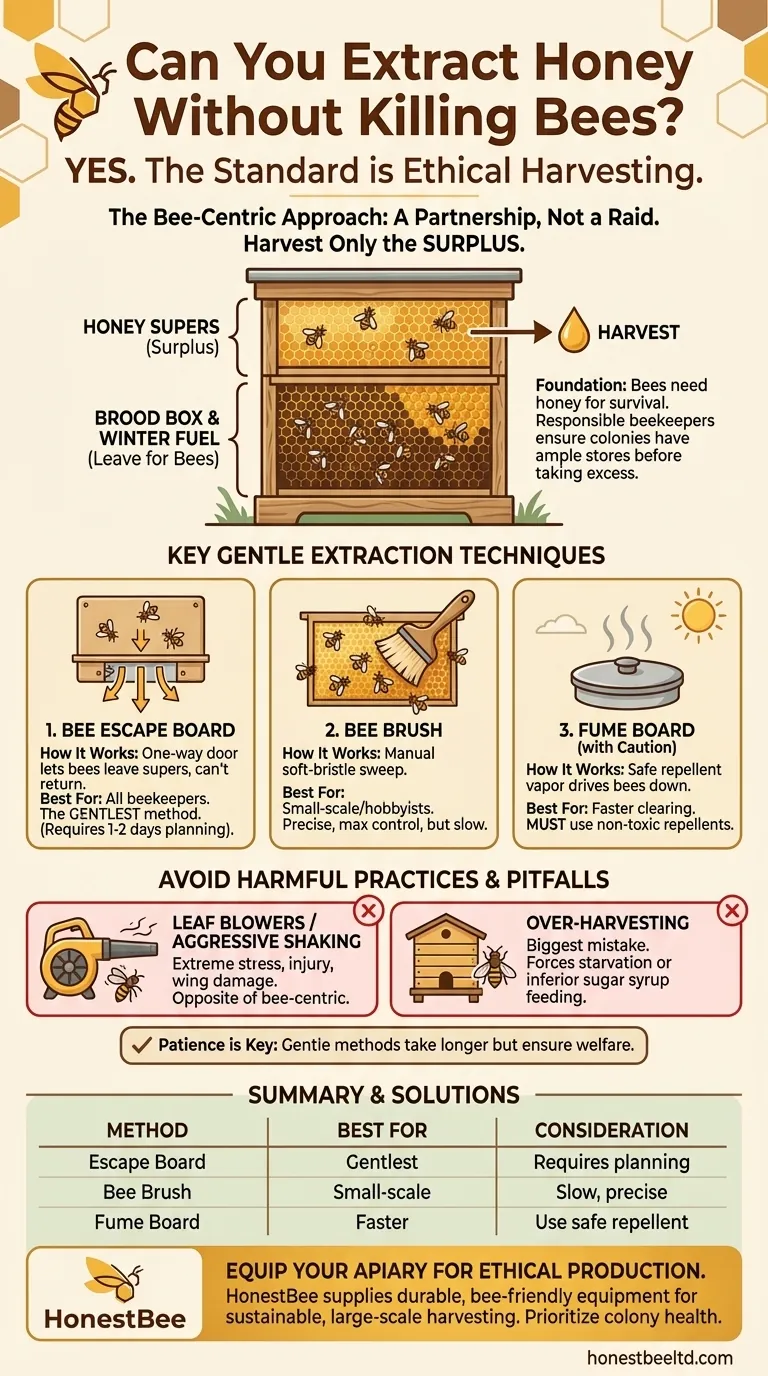
Related Products
- HONESTBEE 4-Way Metal Corner Wooden Bee Escape Board
- Durable 16 Way Circular Bee Escape for Efficient Honey Harvesting
- Wooden Queen Bee Excluder for Beekeeping
- Professional Wide Blade Honey Scraper for Beekeeping and Honey Processing
- Stainless Steel Manual Honey Press with Guard for Pressing Honey and Wax
People Also Ask
- What types of bee escape boards are available? Clear Your Supers Fast and Stress-Free
- What is the purpose of Triangular Escape Boards? Achieve a Calm, Efficient Honey Harvest
- Can bee escape boards be used in hives other than Langstroth hives? A Guide to Gentle Harvesting
- How long should you wait after placing a bee escape board before harvesting honey? Clear Your Supers in 24-48 Hours
- What is the recommended time to leave the triangle escape board installed before harvesting honey? A Guide to a Stress-Free Harvest

